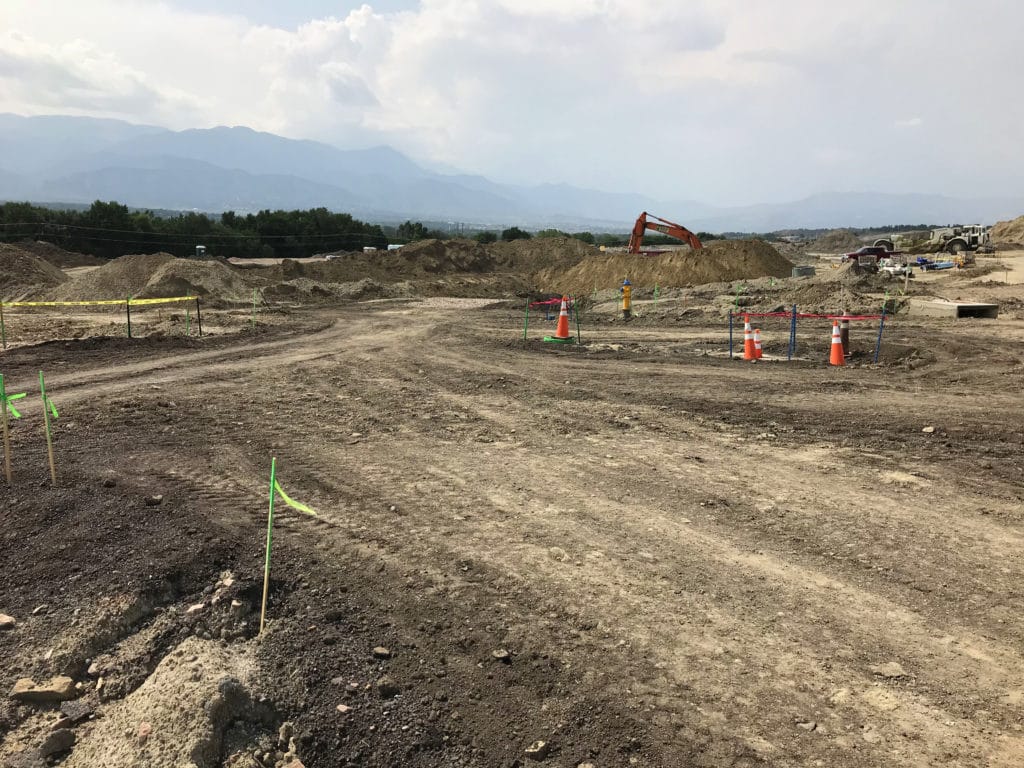Application or Interpretation? Why Your Project Needs A Professional Surveyor
The surveying profession is a technology-heavy industry, and land surveyors are typically eager to learn and implement new forms of technological advancements. However, as this technology becomes increasingly accessible to general users, should we be concerned about its use by those who are not trained professionals?

New applications that provide simple land survey data are becoming increasingly common. Surveyors are concerned that the use of new applications (“apps”) that provide simple survey data will lead people to utilize incomplete or incorrect data to make decisions regarding their land, when they should hire a professional surveyor to deliver accurate and legally-mandated data instead.
The 10th Annual Rocky Mountain Surveyors Summit recently took a closer look at a phone application that allows users to check property, or boundary, lines. What they found confirmed that these surveys are best left to the professionals.
Lyle Bissegger, survey team manager for Galloway, says the information for the apps is at the geographic information system (GIS) level, which is not as accurate – typically three to four feet off, and up to 30-40 feet off in the mountains – which can lead users to a false sense of security about their property.
“What is the average person’s biggest investment?” Bissegger asks. “Their property. Three feet can make a big difference in a property dispute.”
In addition to having questionable accuracy, boundary line-finding apps also don’t give their users enough information to make a safe judgment about their property. Surveyors are required to follow state-mandated laws concerning boundary determination, which requires knowledge of the regulations, and the ability to interpret and implement them. Apps don’t currently have the functionality to apply legal parameters to their data, which could lead to users taking action on land without proper knowledge of the law or their usage rights.
Land laws are very specific when it comes to how deed lines are determined. According to Bissegger, many parcels have been resurveyed over the years but the monuments from the original surveyor always hold.
If someone was to use an app to decide where their property line is and build an improvement such as a fence or shed, they may later find that the line was not where they thought it was. It can lead to a boundary dispute with that neighbor and lawsuit costs. The least of the costs would be to tear out the improvement and restore the neighbor’s property to the original condition.
When determining property lines, surveyors also perform boundary analyses, a comprehensive evaluation of all evidence. This includes investigating plats, legal descriptions and historic surveys to define boundaries. Surveyors are concerned that people using apps will rely on the simple data given to them, and not take into account the full picture and history of the property.
Knowing the history of a property is paramount to knowing were the deed lines are located. According to Bissegger, “Surveying is based on following the footsteps of the original surveyor. The original monuments are THE MONUMENTS when it comes to determining the deed line.”
Even as app technology becomes more accurate, Bissegger emphasizes that while correct data is essential, the interpretation is the most critical, and can only be provided by a professional surveyor.
“As technology becomes better and better, it will refine measurements to be more accurate. The danger is that it does not provide the whole boundary analysis,” says Lyle.
Article updated in March 2021.
Do you need more than an app?
To learn more about how our surveyors are using the latest technology for your project needs, visit our Survey page.
Click Here